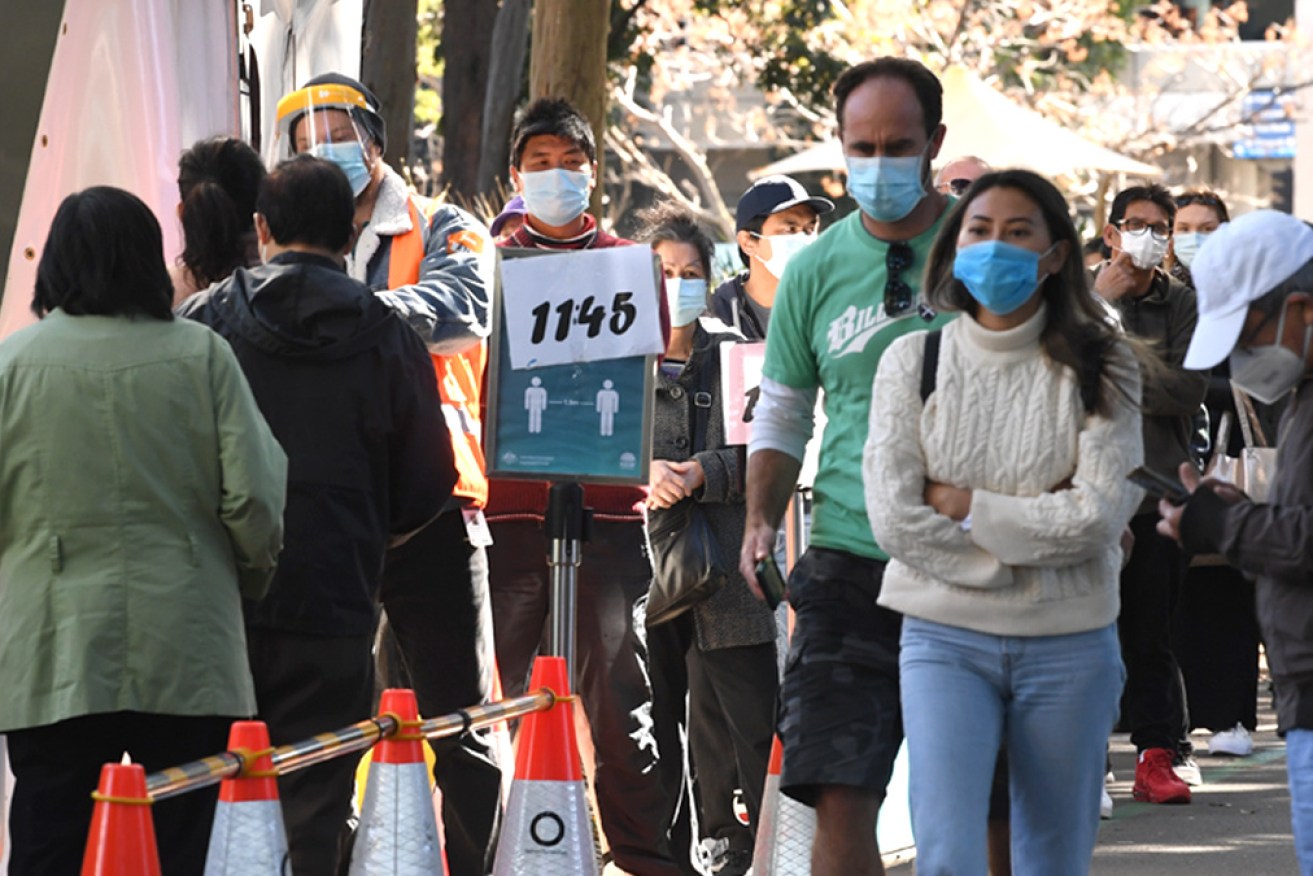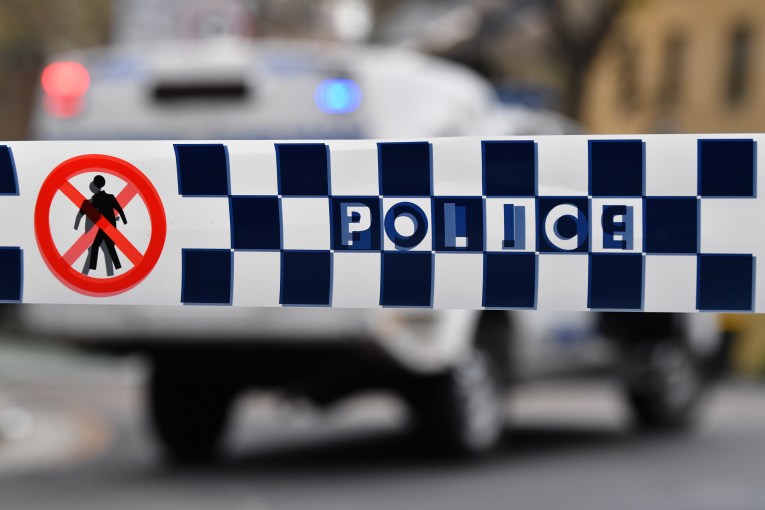Lower socioeconomic communities fall behind in ‘shameful’ vaccine rollout


Data released by the federal government shows a stark disparity in vaccine uptake across the country. Photo: Getty
Australia’s “shameful” vaccine rollout needs an overhaul to include targeted campaigns to make sure lower socioeconomic communities are not left behind.
That is the message from some of the country’s top health experts after government data revealed the vaccine rollout has fallen along socioeconomic lines, with wealthy pockets in Sydney and Melbourne recording some of the highest vaccination rates in the country.
Meanwhile, Sydney’s west and south, which is feeling the weight of the latest Delta outbreak, has among the lowest vaccine coverage in Australia.
Only 33.5 per cent of adults aged over 16 have received at least one dose in south-west Sydney.
This is in stark comparison to the salubrious northern Sydney and Hornsby areas, where 52 per cent of adults have had their first dose.
In Melbourne’s west, the epicentre of Victoria’s second wave, only 35 per cent of residents have received one dose.
Melbourne’s inner south, which contains the prestigious suburbs of Brighton and Kew, has the highest rate of first doses, at 49 per cent.
Vaccine rollout for the rich
Australian Medical Association vice-president Chris Moy said it was “predictable” to see wealthier suburbs get higher vaccination coverage and faster.
“In some of those areas age will be an issue. Socioeconomic barriers goes with age, too,” Dr Moy told The New Daily.
“Those younger populations who are at a socioeconomic disadvantage have had less of a chance to take a day off.
“And a lot of them are essential workers.”
Dr Moy said essential workers needed easier access to vaccines, such as being given paid time off work to get their jabs.
“Convenience becomes a major thing for individuals. A day off is a problem,” Dr Moy said.
“And when we define essential workers we’re talking not just aged-care workers, but in the supermarkets, where they keep a city running.“
It’s a plea that has been made before.
In June, the Australian Council of Trade Unions called for workers to be offered two paid leave days – one for the vaccination itself, and the other to deal with any side effects, arguing it would help with uptake.
ACTU secretary Sally McManus at the time said the aged and disability care sectors were especially “characterised by high levels of insecure and casual work”, with many employees unable to access paid leave.
Pay people to test and isolate like Victoria does & had to work out during their lockdown https://t.co/gPYmVCBtor
— Sally McManus (@sallymcmanus) August 2, 2021
It’s not just about finding the time to get vaccinated – it’s about finding the information.
Or, the information finding you.
Dr Moy said language and cultural barriers were another sticking point in lagging uptake for certain areas.
“We need to be working with cultural leaders in those areas and really making access a positive thing,” Dr Moy said.
For example, western Melbourne is home to a large Vietnamese population. In some south-west Sydney suburbs, more than 50 per cent of the population are Muslim.
Both situations require personalised approaches and messaging from health officials to encourage vaccination take-up.
Parts of regional Australia are also lagging behind, with fewer than 10 per cent of their population vaccinated.
The northern outback region of Western Australia has the lowest recorded regional rate, with only 8.6 per cent of the population fully vaccinated.
Bendigo in Victoria has the highest with 25.1 per cent.
States discuss rates
On Tuesday New South Wales Premier Gladys Berejiklian said the key reason Sydney’s south-west had one of the lowest vaccination rates was that the population was “younger than the state’s average”.
“Until recently, the health advice precluded a lot of people [from] coming forward and getting vaccinated,” Ms Berejiklian said.
In Victoria, chief health officer Brett Sutton said the data reflected wealth and class.
“The disparities that occur tend to be socioeconomic in terms of vaccine uptake, even though they’re the same disparities that have led to more COVID cases in Victoria and around the world,” Professor Sutton said.
Professor Sutton said there were some parts of the community that were more subject to “misinformation or disinformation” about the vaccines.
“We need to understand, recognise that and respond to it appropriately. But I think Victoria is doing very well overall,” he said.

Victoria’s chief health officer Brett Sutton acknowledged the differences in vaccination rates across the state, but said Victoria was doing ‘very well’ overall.
Overhaul ‘shameful’ rollout
Leading epidemiologist Mary-Louise McLaws said it was time to overhaul Australia’s “shameful’ vaccine rollout.
“It’s terribly shameful we’ve neglected the western suburbs of Sydney, and Bankstown,” Professor McLaws said.
“When you compare it to North Sydney and Hornsby, it’s a 19 per cent difference.”
She said essential workers and younger Australians needed easier access to the vaccine.
“Have a mobile vaccine bus, go out to the workplaces and give those essential service staff a vaccine. Take it to the employer,” Professor McLaws told TND.
To boost vaccine uptake governments need to work with communities and businesses to make it as easy as possible, she said.








